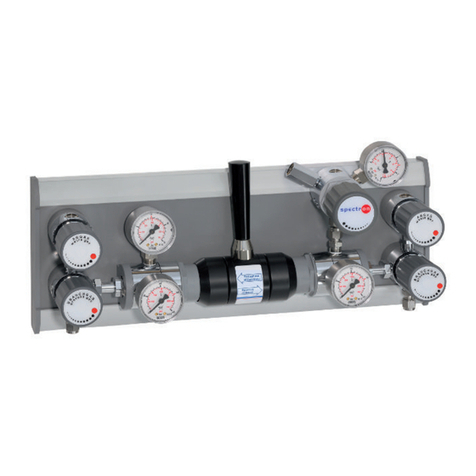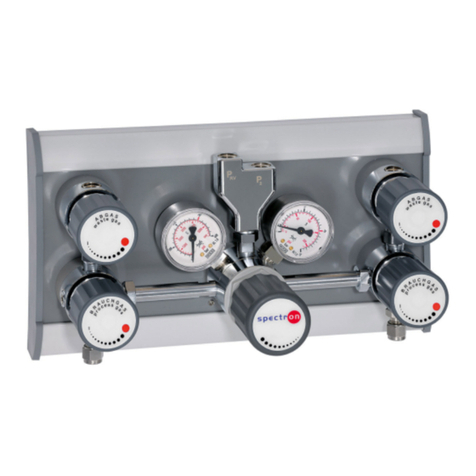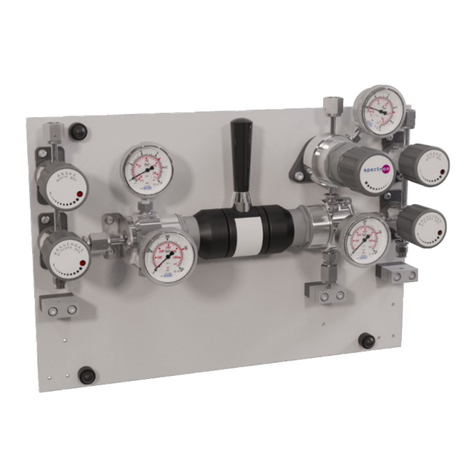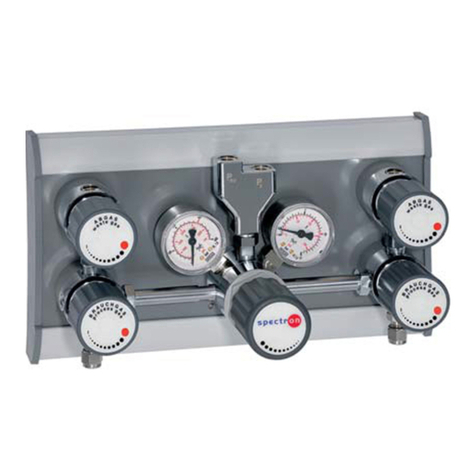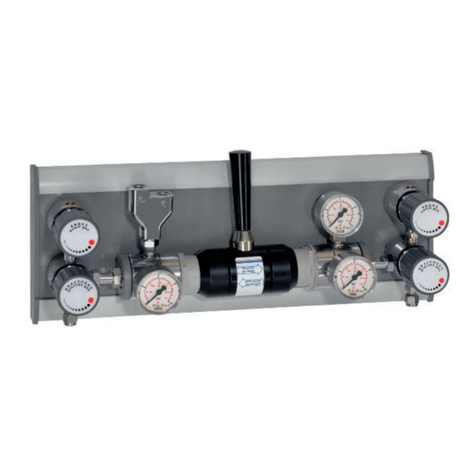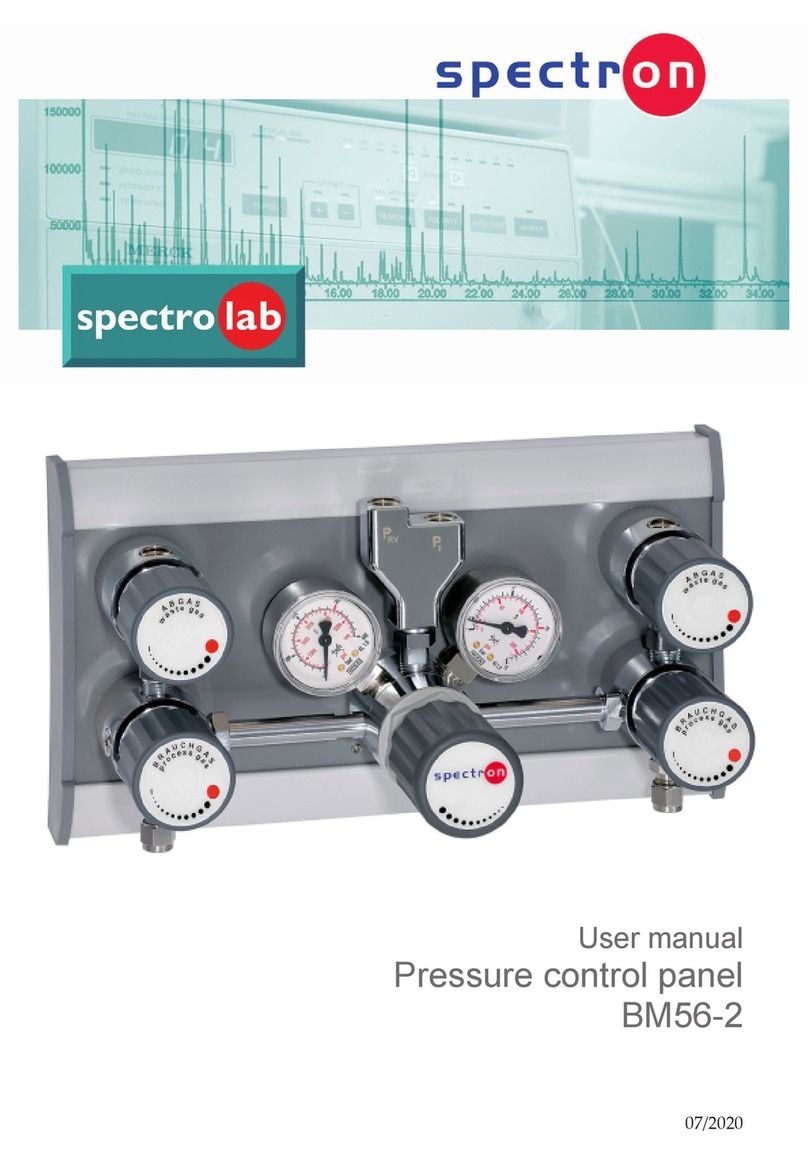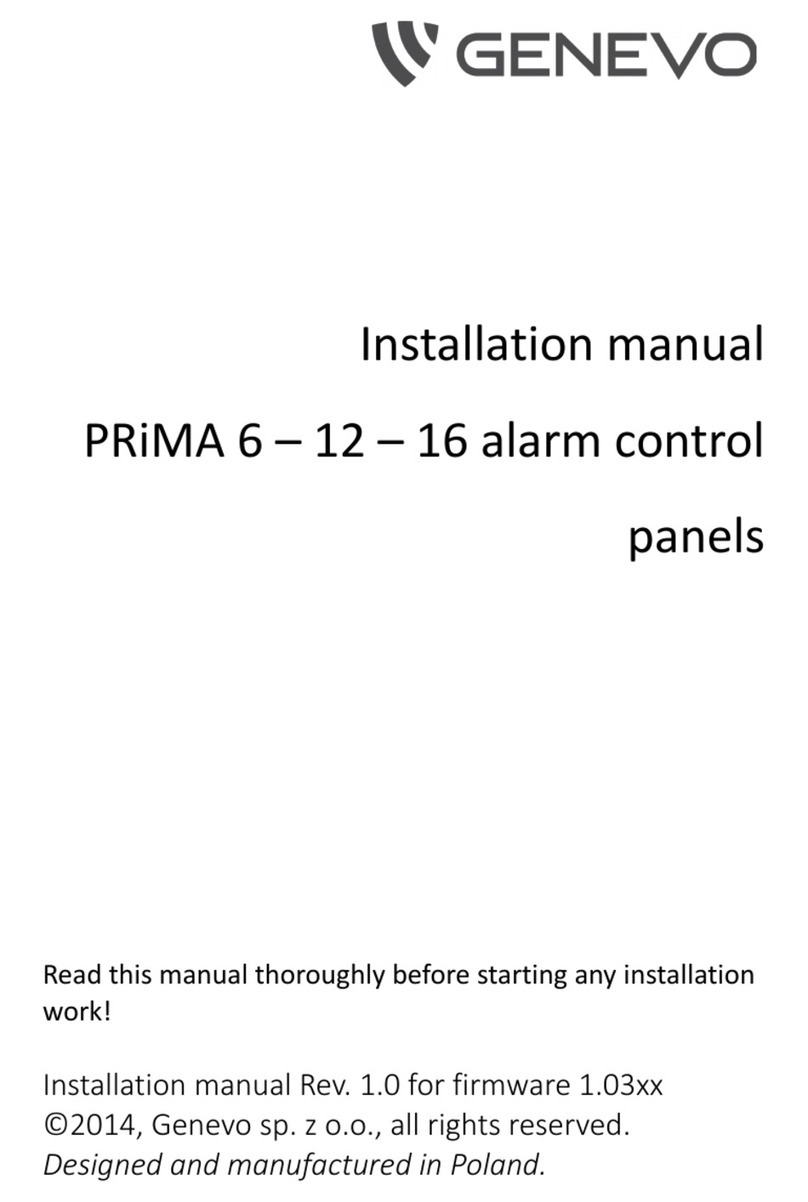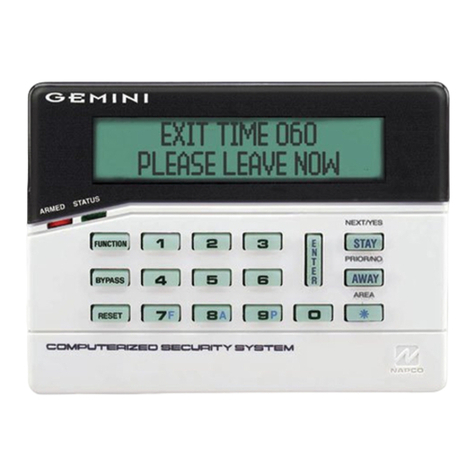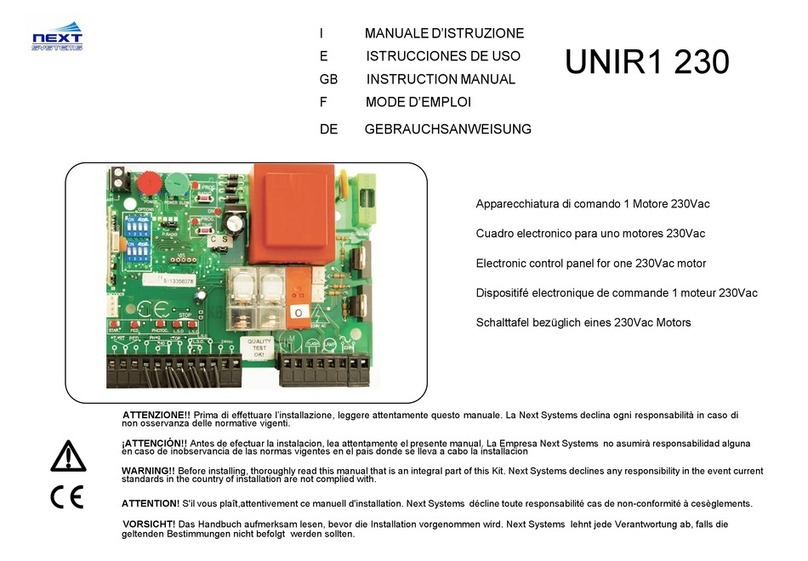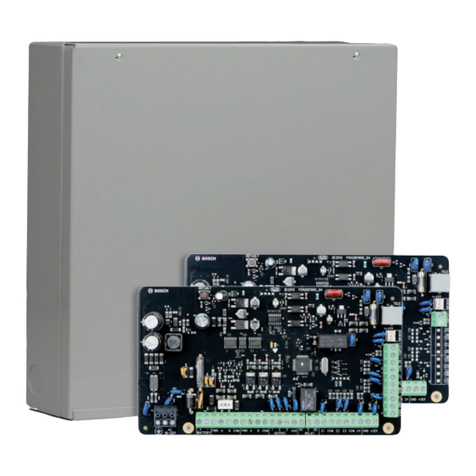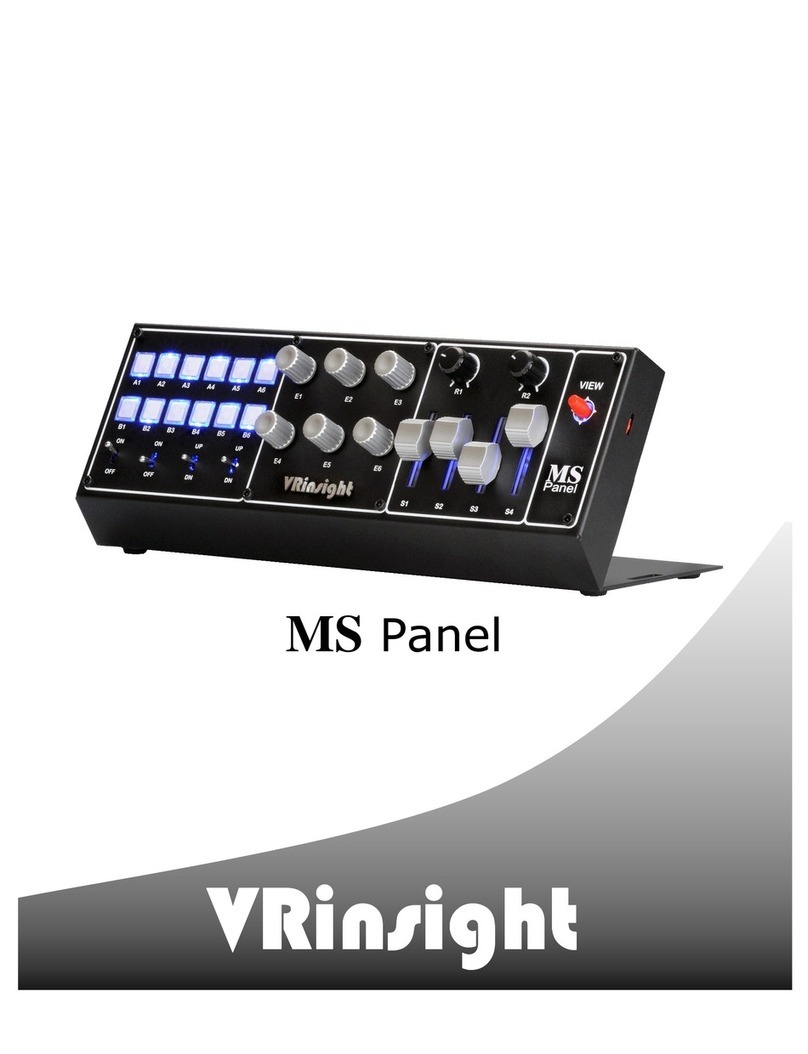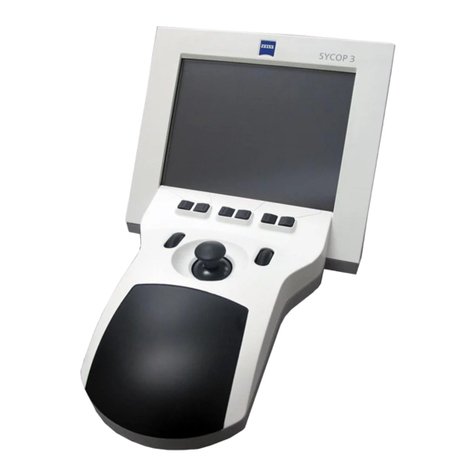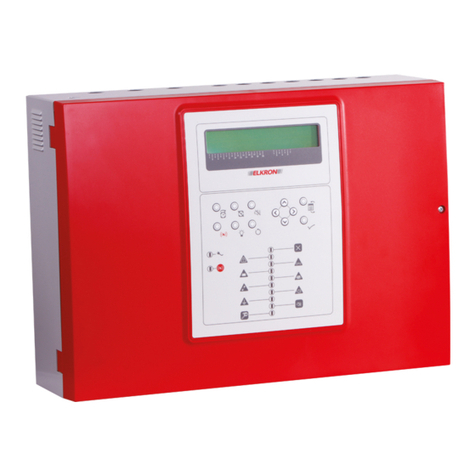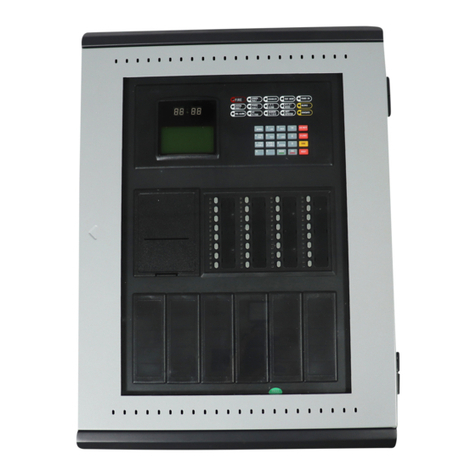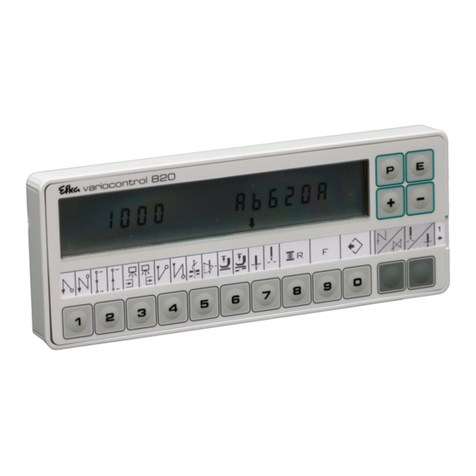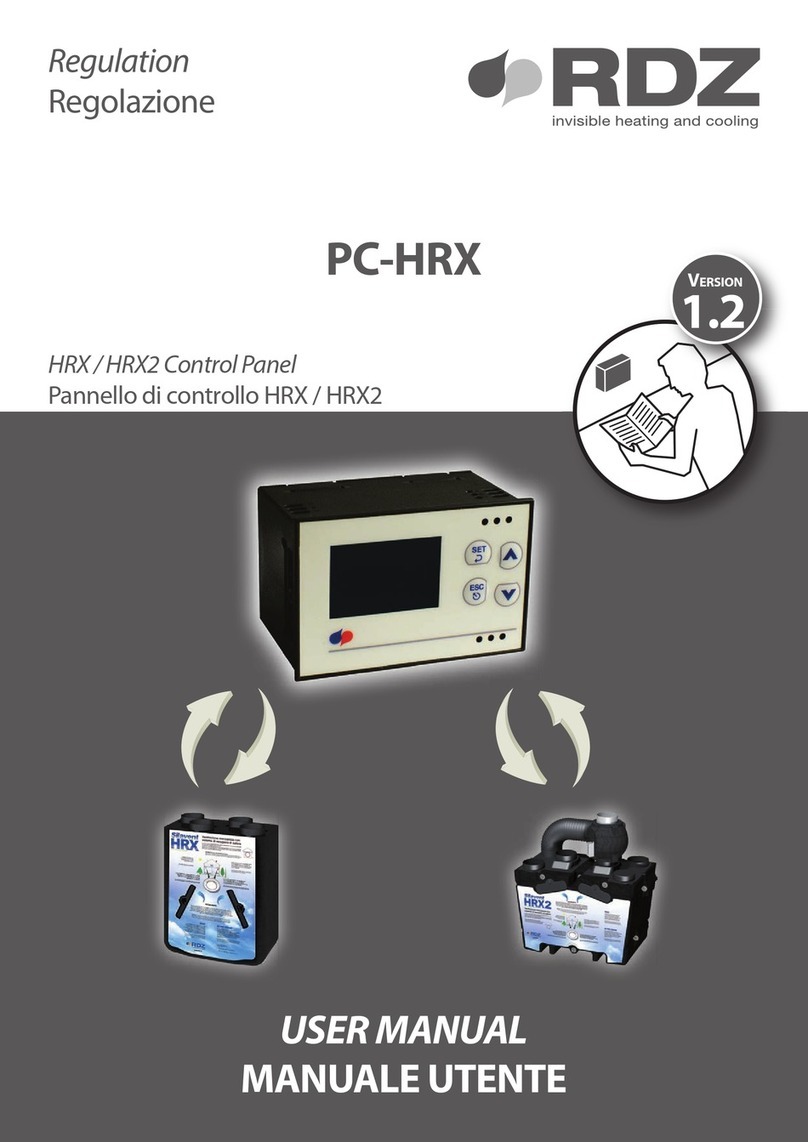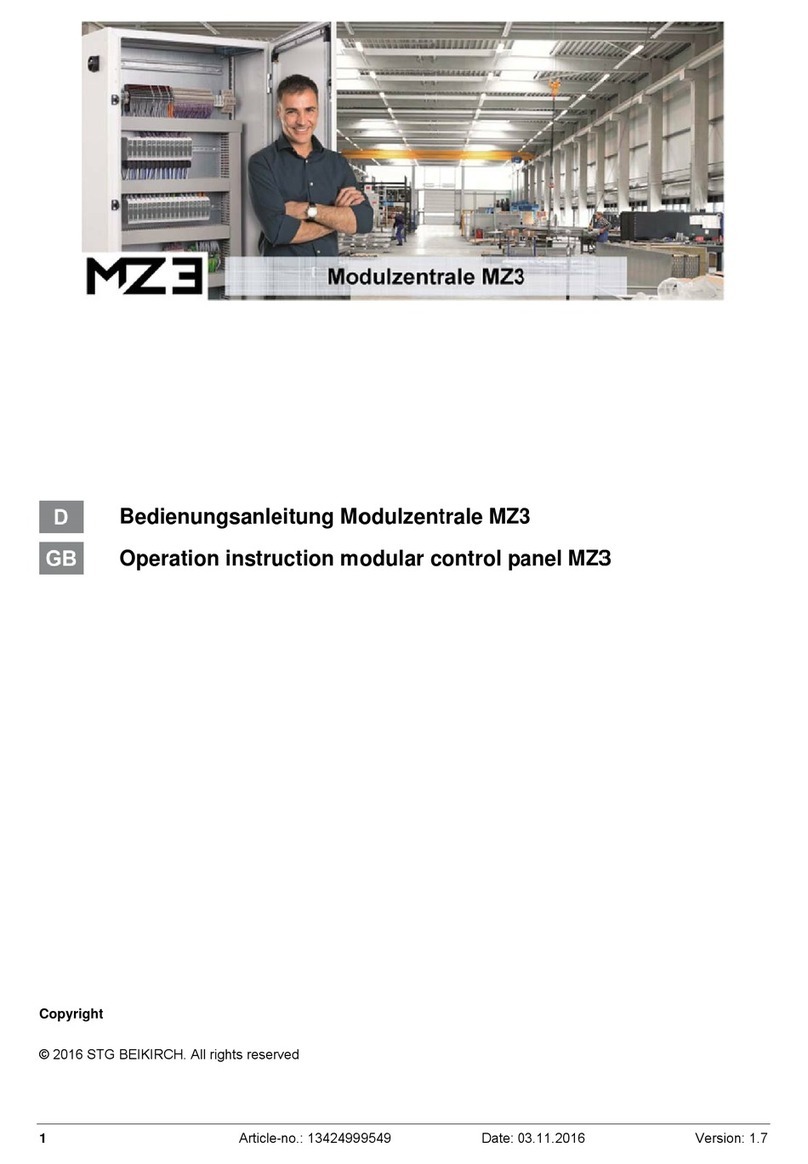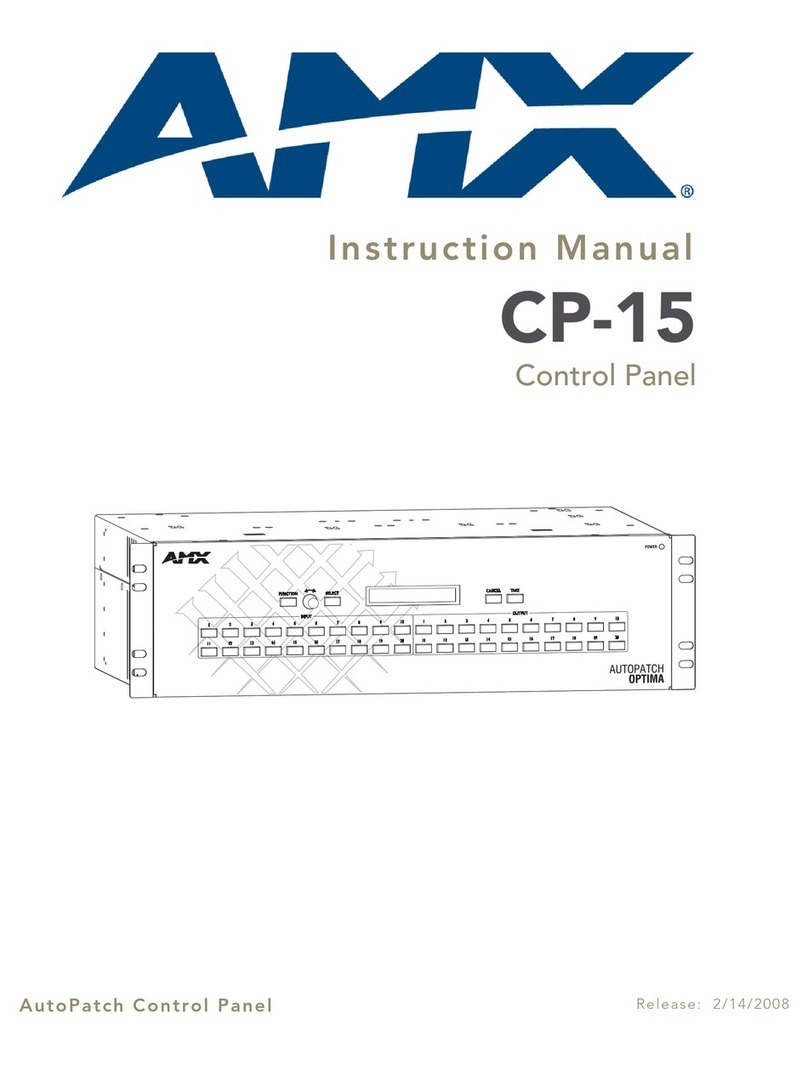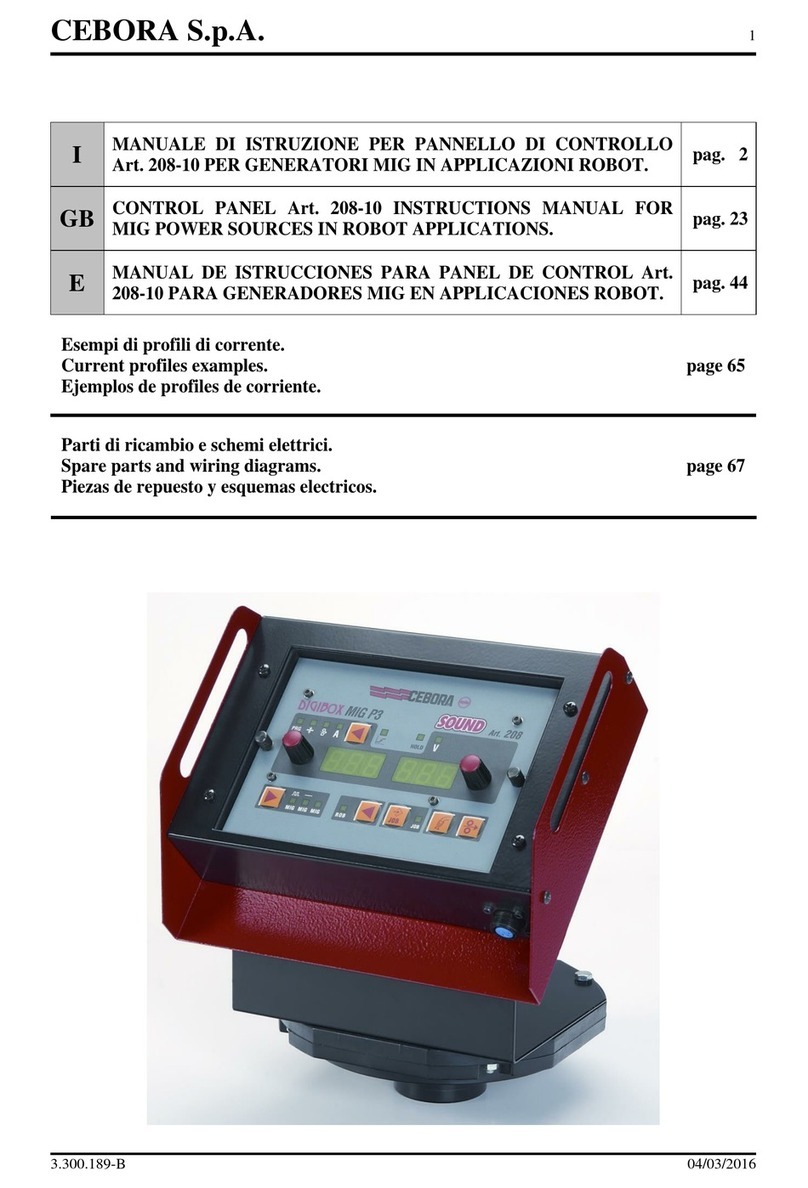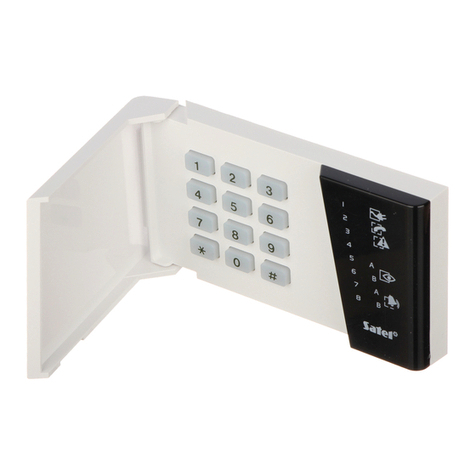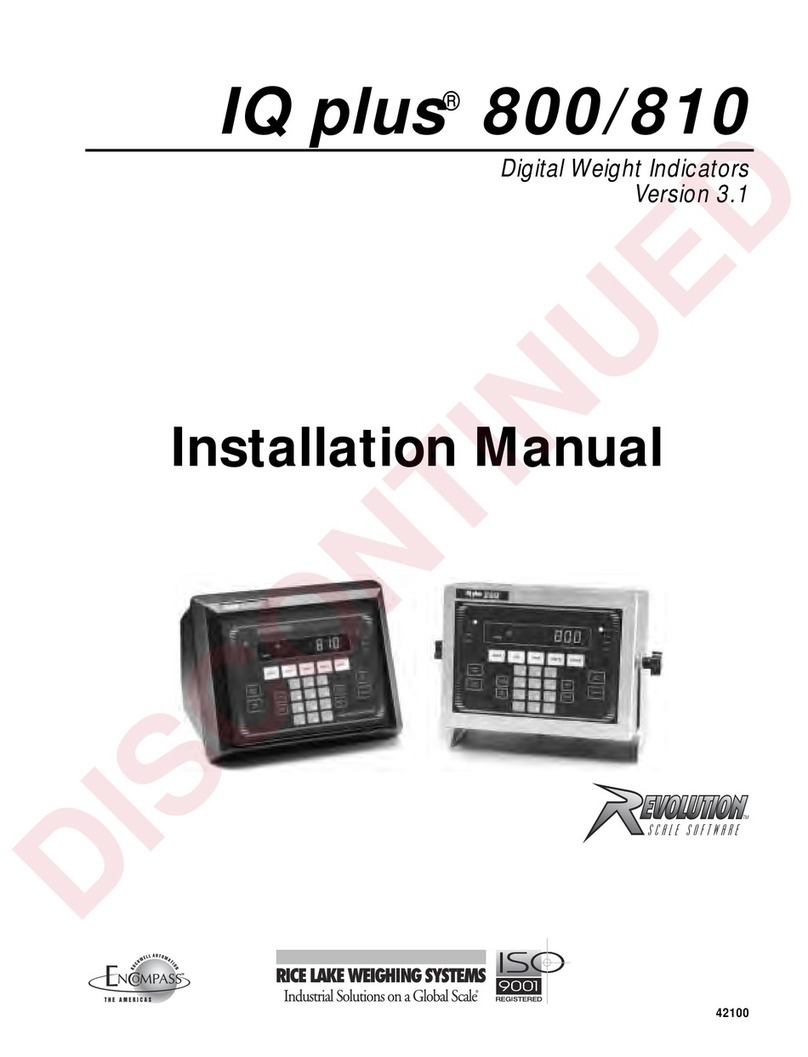
Table of contents Spectron Gas Control Systems GmbH
ii GES_BT2000AC_0820
Table of contents
1 Introduction.................................................................................................................................................. 4
2 Description................................................................................................................................................... 5
2.1 Intended use ......................................................................................................................................... 5
2.2 Misuse .................................................................................................................................................. 5
2.3 Identification / label ............................................................................................................................... 5
2.4 Environment.......................................................................................................................................... 6
2.4.1 Temperatures............................................................................................................................. 6
2.4.2 Degree of cleanliness ................................................................................................................ 6
2.4.3 Emissions................................................................................................................................... 6
2.5 Standards and laws .............................................................................................................................. 6
3 Safety............................................................................................................................................................ 8
3.1 Basic information on the safety instructions ......................................................................................... 8
3.2 Safety instructions ................................................................................................................................ 9
3.3 Emergencies and safety devices .......................................................................................................... 11
3.4 Qualification of the operating and maintenance personnel................................................................... 11
4 Design and function .................................................................................................................................... 13
4.1 Design................................................................................................................................................... 13
4.2 Functional description........................................................................................................................... 14
4.3 Technical data ...................................................................................................................................... 15
4.4 Boundaries and interfaces .................................................................................................................... 16
5 Installation.................................................................................................................................................... 17
5.1 General information .............................................................................................................................. 17
5.2 Installation work .................................................................................................................................... 17
5.2.1 Installation.................................................................................................................................. 17
5.2.2 Connecting the incoming and outgoing lines ............................................................................. 17
5.3 Checking the system ............................................................................................................................ 17
5.3.1 Pressure test with purge gas ..................................................................................................... 17
6 Commissioning............................................................................................................................................ 19
6.1 Preparations for commissioning ........................................................................................................... 19
6.2 Procedure for commissioning ............................................................................................................... 19
6.2.1 Connecting the process gas source........................................................................................... 19
7 Operation...................................................................................................................................................... 20
7.1 General information on operation ......................................................................................................... 20
7.2 Gas supply interruption......................................................................................................................... 20
7.2.1 Interruptions to operation for less than 48 hours ....................................................................... 20
7.2.2 Interruptions to operation for more than 48 hours...................................................................... 20
7.2.3 Putting the pressure control panel into a safe condition ............................................................ 20
7.3 Exchanging the process gas source..................................................................................................... 21
8 Maintenance, cleaning and repairs............................................................................................................ 22
8.1 General information on maintenance.................................................................................................... 22
8.2 Flushing the process gas into the pressure control panel .................................................................... 23
8.3 Regular maintenance work and cleaning.............................................................................................. 24
9 Repair ........................................................................................................................................................... 25
